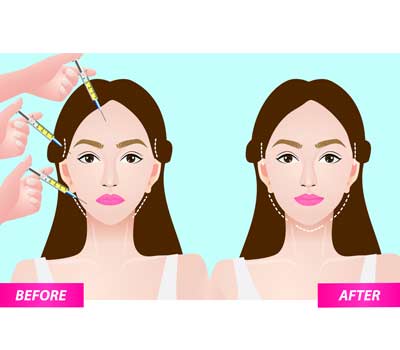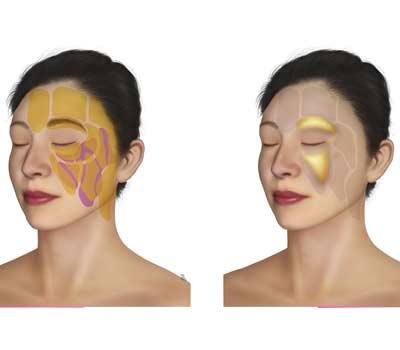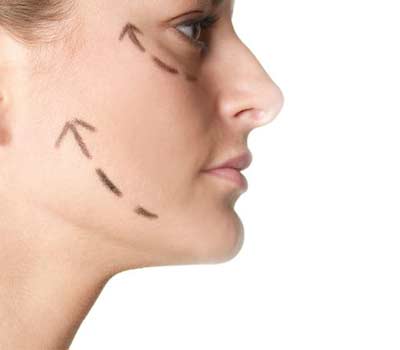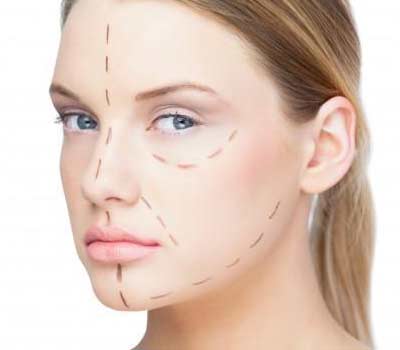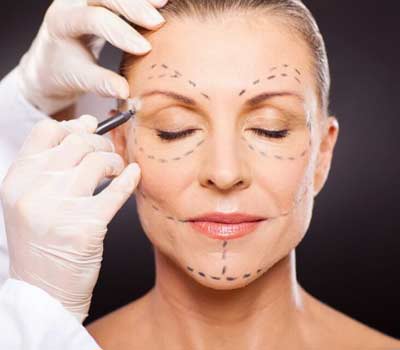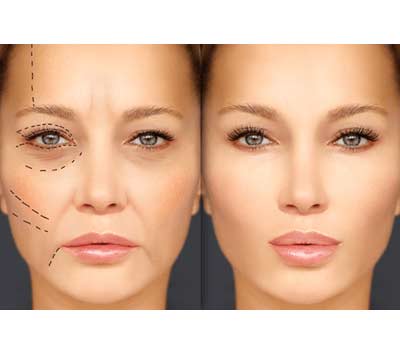
Having the body of your dreams and a face with that always youthful look is much more accessible than it looks. The practice of exercises added to good nutrition are the first steps for this feat, the second being plastic surgery. One of the techniques to reshape the body or correct small imperfections on the face is fat grafting.
Fat grafting is a surgical procedure in which fat from a region of the body is used to fill, define or give volume to other parts of the body, such as the breasts, buttocks, lips, thighs, as well as the face, around the eyes and chin.
How is fat grafting performed?
Fat grafting must be performed by a qualified plastic surgeon. He will evaluate the patient, and, through the liposuction technique, he will remove the fat from the parts of the body that are in excess, which are usually the belly, back and thighs.
Above all, the collected fat is treated and purified in order to remove the blood and other cellular debris. When the fat is treated and ready, it will then be grafted into the intended region using fine needles, through microinjections.
Advantages of fat grafting
This plastic surgery is indicated for people who are dissatisfied with the appearance of some parts of the body. Therefore, it offers great advantages to the operated patient. Check out some of them:
Buttocks: this technique increases the size of the buttocks, and corrects asymmetries, differences in sizes, or defects in the buttocks. It can also be extended to the thighs to give more definition and volume.
Breasts: breast fat grafting provides the advantage of increasing the volume or softening the appearance of the silicone prosthesis, promoting a more natural shape, in addition to correcting small defects and asymmetries.
Face: the procedure smoothes the expression lines of the face, decreasing the appearance of wrinkles around the eyes, treats the “Chinese mustache”, accentuates the facial contour reducing sagging, and promotes more volume to the patient’s lips.
Vaginal lips: fat grafting can also be used to enlarge or define the labia majora.
As a result of the procedure, the fat is distributed in the applied region and promotes a natural effect to the body.
frequently asked questions
- Is the procedure safe?
Generally yes! It can be done with local anesthesia, with or without sedation, and as the fat is from the body itself, there is no danger of rejection, being a natural product, with the greatest possible biocompatibility. However, it is worth remembering that any surgery has its risks. - Is the result of fat grafting definitive?
After the procedure, usually in the first year, there is an absorption of 30 to 40% of the grafted fat by the body itself. Normally, the rest will be final. - What type of anesthesia is used?
The duration of the surgery varies according to the area treated and it must be performed by a trained professional, with local, general or epidural anesthesia, and in a surgical environment. Therefore, the doctor will define the best type of anesthesia according to each case. - Are there any contraindications for fat grafting?
Despite the surgery being a safe procedure, it is contraindicated in patients who present alterations in the preoperative exams and also in people with little fat tissue, being insufficient to perform the technique. - What is the recovery time from surgery?
Recovery after surgery is usually very fast, with only common symptoms of any surgery appearing, such as rapid local pain, small discomforts for being something new in the area, swelling and bruising, but nothing serious. Recovery usually takes about 3 to 4 weeks.
Pre-treatment
Each and every surgery must be preceded by some details that precede it. Check out:
- Correct indication for the surgery to be performed, upon evaluation by the professional;
- Laboratory tests that prove the good health of the patient;
- Clarification to the patient about the possibilities of results and the existing risks of a surgical and anesthetic procedure.
After treatment
Aiming at the good recovery of the patient, here are some important points to be followed to preserve the patient’s health:
- Your surgeon may prescribe antibiotics and pain relievers to prevent infections and pain. Therefore, follow the guidelines correctly and do not self-medicate;
- Avoid the sun for generally two months and physical exertion for approximately 15 days;
- Physical exercises that require more effort are usually released after two months.
- The use of a post-operative brace, or modeler, is indicated by some doctors. Follow your surgeon’s recommendation;
- Sleep well and eat healthy.

